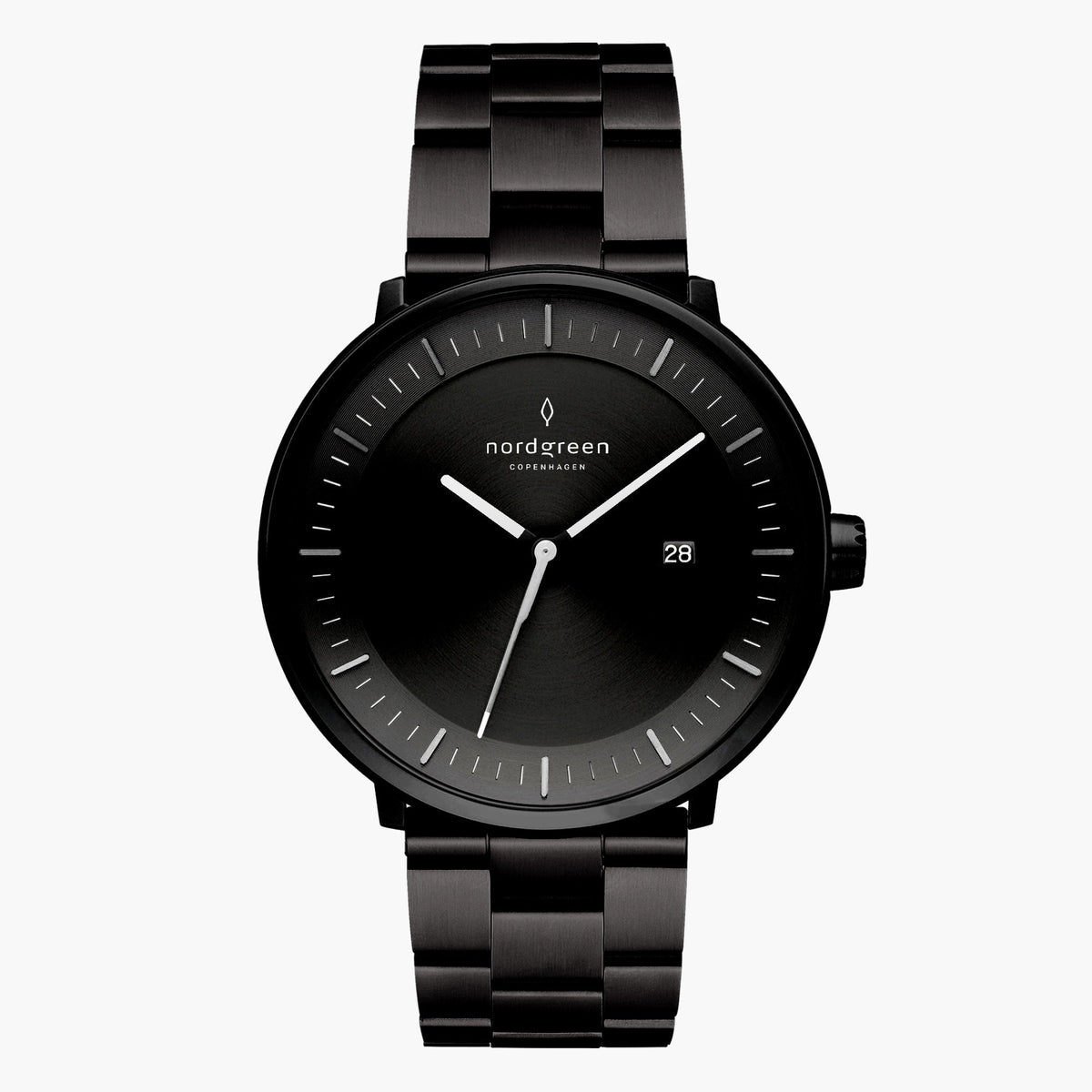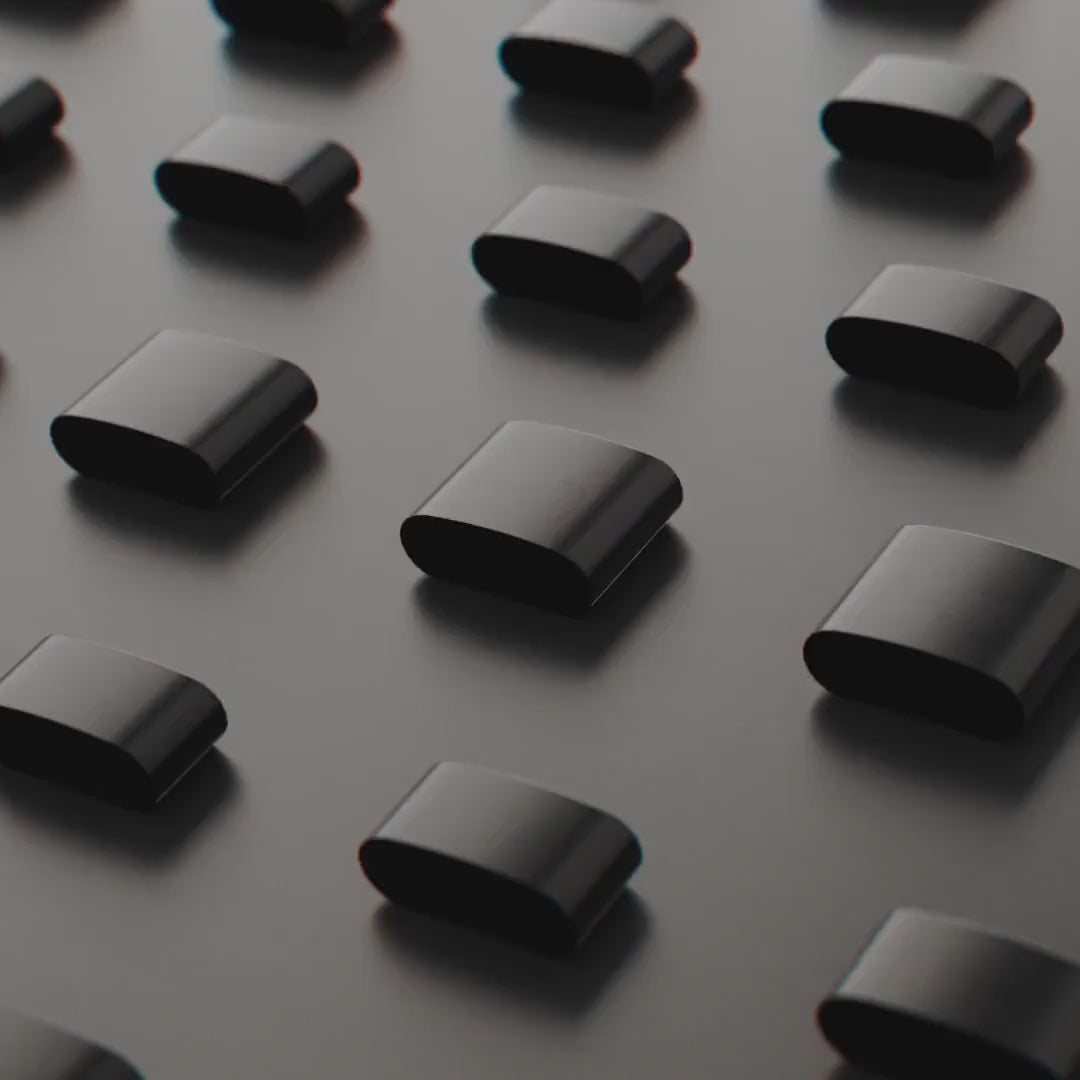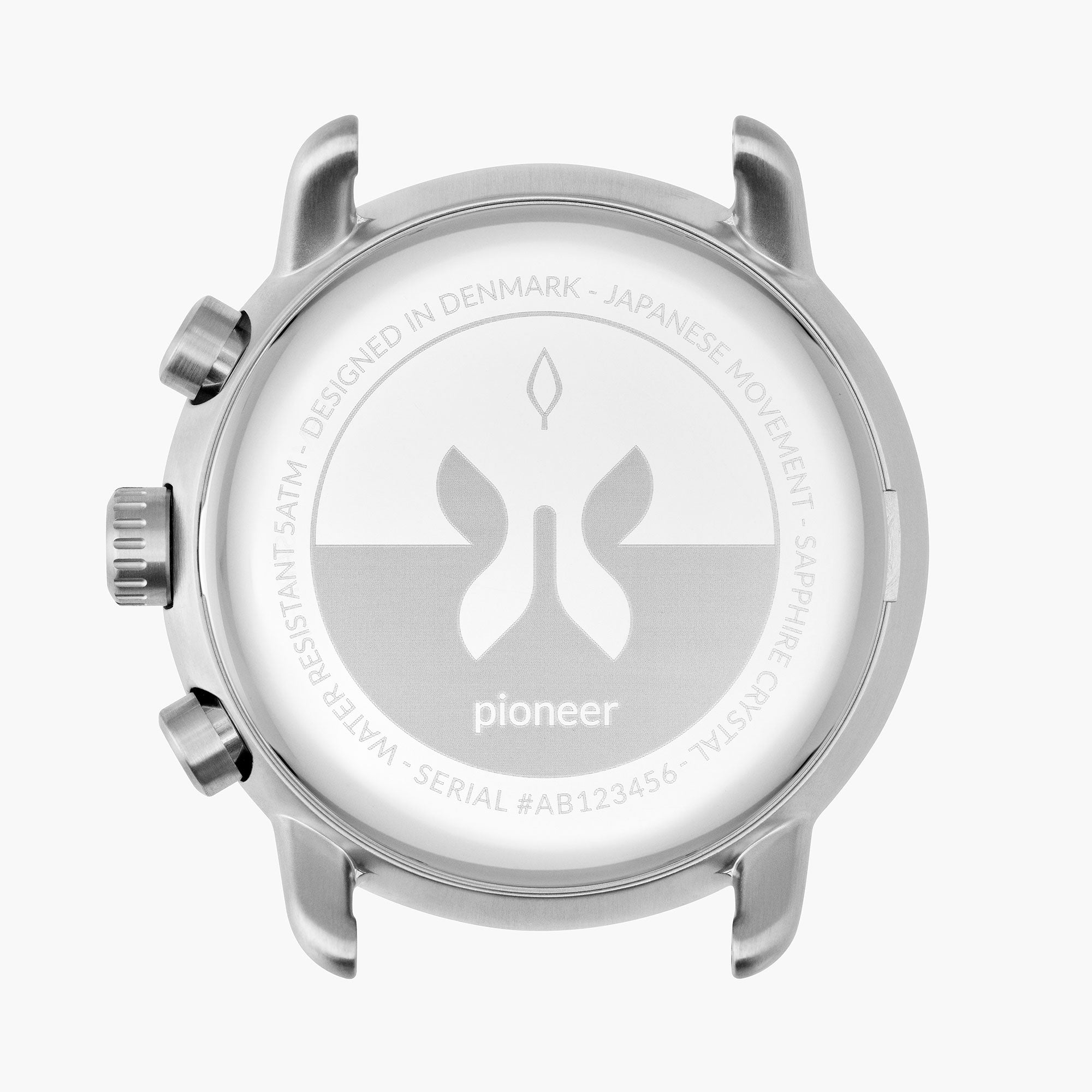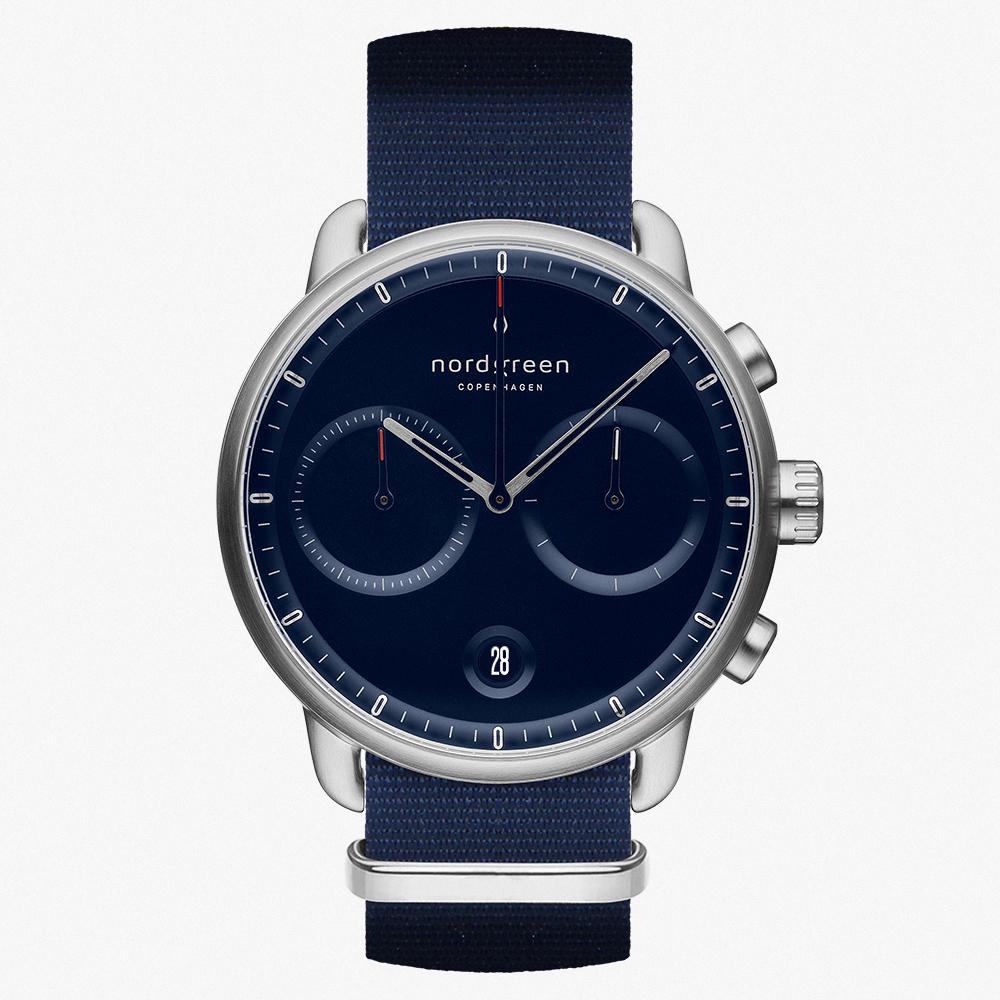A chronograph is essentially a stopwatch combined with a traditional timepiece. It allows you to measure elapsed time with remarkable accuracy while still keeping track of the hours and minutes of the day.
Originally developed for scientific experiments and sports timing in the 19th century, chronographs quickly found their place in aviation, racing, and exploration — fields that demanded precision and reliability. Today, while digital technology has taken over most timing tasks, the chronograph endures as a symbol of craftsmanship and functionality.
Modern chronograph watches typically feature multiple sub-dials, or “registers,” to track seconds, minutes, and hours independently. The pushers on the side of the case start, stop, and reset the timer, making the experience tactile and mechanical — a satisfying nod to traditional watchmaking.
At Nordgreen, the Chronograph collection captures this balance perfectly. Designed in collaboration with Jakob Wagner, one of Scandinavia’s most celebrated designers, the collection combines the technical soul of a chronograph with Nordgreen’s minimalist DNA.
Each piece features a clean dial layout, subtly integrated sub-dials, and carefully proportioned pushers — offering a contemporary reinterpretation of a classic complication. Whether in stainless steel, gunmetal, or rose gold, the Nordgreen chronograph delivers both elegance and utility.




































